School me on whole house dehumidification... good, bad and ugly ?
Pensacola PI
6 years ago
Featured Answer
Sort by:Oldest
Comments (31)
mike_home
6 years agolast modified: 6 years agocpartist
6 years agoRelated Discussions
The Good, the bad, and the ugly
Comments (25)Thank you for all your suggestions. pbrisjar, that is very interesting about needing plywood underlayment. I think 3cm is common around here. It would be wonderful to think I could put down plywood and then actually make use of it for underlayment of the slab. I'm not sure how to search for a granite person in our area willing to do 2cm. How thick would the plywood underlayment be for a 2cm counter? Does it show? kitchenredo2, you're so kind. Thanks for offering your laminate, but I'm thinking we're going to go with the plywood. Since we have that 6" bumpout, and we might have to live with this for 6 months, I need, for my sanity's sake, to have it look "together." It's been a long haul and I'm ready to be normal again. Even if it's only temporary. :)...See MoreBridge Loans: Good, bad, ugly?
Comments (22)Home equity line of credit. Basically, you are putting a second mortgage on your existing home in order to buy the new one. Obviously, you need to have quite a bit of equity in the existing house to use this strategy, which is why many people in this situations get bridge loans instead. We've done it and it worked out fine. It all boils down to whether you can comfortably make all the loan payments involved. If it's really a financial stretch or if you're the type who can't help fretting about the future, then you're probably best off not doing it because you'll drive yourself crazy worrying when/if your existing house will sell....See MoreSoapstone...The Good, The Bad, and The Ugly
Comments (59)I got samples of soapstone when we were deciding what countertops to get. My favorite one looked just like your light gray with dramatic veins. But, the testing I did on the sample with mustards, oils, etc. made me decide that variety was not for me. I still wanted soapstone, but couldn't afford it at the $120 sf installed price here in St. Louis. And they only had one variety. We ended up with Black Pearl granite which I like and it's been easy maintenance. We went to a remnant sale in April and they had one slab of a harder variety soapstone that we bought for our island countertop at a fraction of the price. It'll be installed in two weeks. I sure hope I like it. If not, at least I didn't pay $120 sf. :-) Too bad you can't reuse it in some way; i.e., table top, fireplace surround. If not, clean it up and sell it....See MoreMy cruise: The good,the bad, the ugly.....
Comments (55)Oh yes, the towel animals were one of the best parts of our cruise too! Our cabin steward, Alf, left one every night after turning down our bed and tidying up. I put them on our window sill where I had a zoo going and Alf would leave them there until there were too many to fit and then he'd take them away. I was very disappointed that Alf didn't leave a towel animal on the last night of our cruise. About an hour later, hubby pointed at one of the upper cabinets and said, "Look!" I couldn't believe that it took so long for one of us to notice it!...See Moreklem1
6 years agoPensacola PI
6 years agomike_home
6 years agoPensacola PI
6 years agoElmer J Fudd
6 years agotrickyputt
6 years agoAustin Air Companie
6 years agolast modified: 6 years agomike_home
6 years agoAustin Air Companie
6 years agolast modified: 6 years agomike_home
6 years agoAustin Air Companie
6 years agomike_home
6 years agoAustin Air Companie
6 years agomike_home
6 years agoVith
6 years agolast modified: 6 years agoenergy_rater_la
6 years agoVictoria Deane Gómez-Wright
6 years agomike_home
6 years agoEd
6 years agoAustin Air Companie
6 years agoVith
6 years agolast modified: 6 years agodchall_san_antonio
6 years agosuburbanmd
6 years agomike_home
6 years agoenergy_rater_la
6 years agokenjwy
6 years agolast modified: 6 years agoionized_gw
6 years ago
Related Stories

GARDENING AND LANDSCAPINGBid Bad Garden Bugs Goodbye and Usher In the Good
Give ants their marching orders and send mosquitoes moseying, while creating a garden that draws pollinators and helpful eaters
Full Story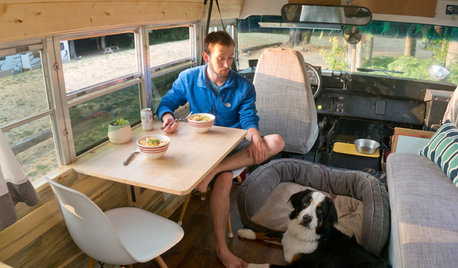
TINY HOUSESAdventure Seekers Hit the Road in a Cozy School Bus Home
Wood floors, butcher block countertops, custom furnishings and LED lights make life on the road feel like just another stylish day at home
Full Story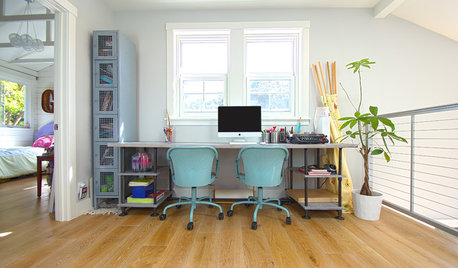
ORGANIZINGGet Your Home Organized With This Back-to-School Checklist
Follow these tips to help your family start the school year right
Full Story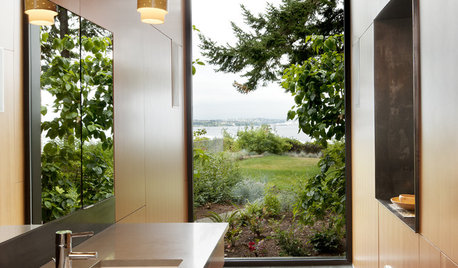
REMODELING GUIDES10 Tips to Maximize Your Whole-House Remodel
Cover all the bases now to ensure many years of satisfaction with your full renovation, second-story addition or bump-out
Full Story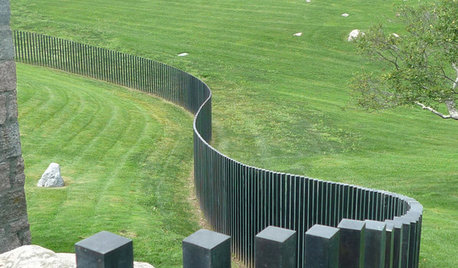
LANDSCAPE DESIGNGood Fences, Good Neighbors — and Good Views
See-through vertical fencing connects a yard with its surroundings while keeping children and pets safely inside
Full Story
LIFEThe Good House: An Experience to Remember
A home that enriches us is more than something we own. It invites meaningful experiences and connections
Full Story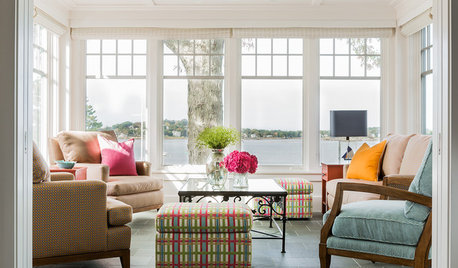
MOST POPULARDecorating 101: How Much Is This Going to Cost Me?
Learn what you might spend on DIY decorating, plus where it’s good to splurge or scrimp
Full Story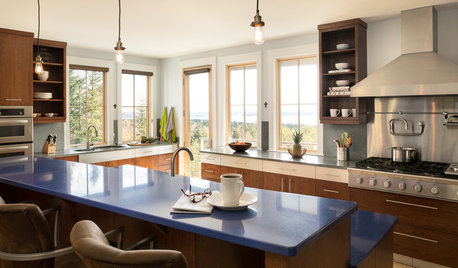
DECLUTTERING5 Ways to Jump-Start a Whole-House Decluttering Effort
If the piles of paperwork and jampacked closets have you feeling like a deer in the headlights, take a deep breath and a baby step
Full Story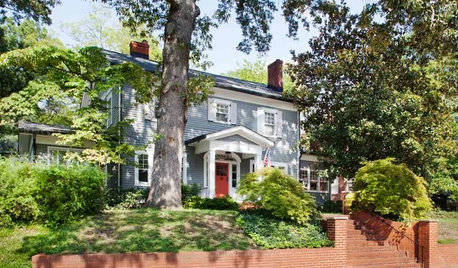
HOUZZ TOURSHouzz Tour: Whole-House Remodeling Suits a Historic Colonial
Extensive renovations, including additions, update a 1918 Georgia home for modern life while respecting its history
Full Story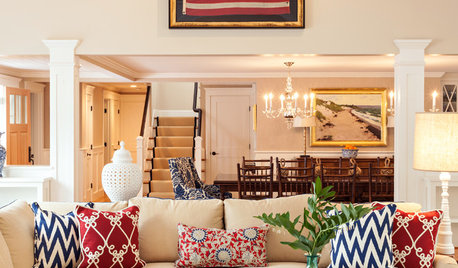
TRANSITIONAL HOMESHouzz Tour: Room for the Whole Gang in This Cape Cod Home
As homeowners transition to being empty nesters, they expand their summer house to serve extended family year-round
Full Story


Austin Air Companie